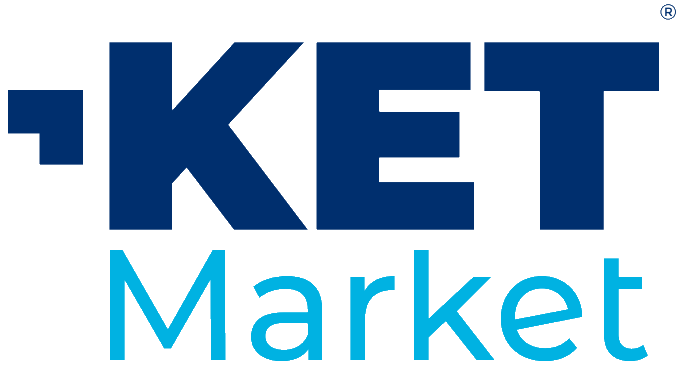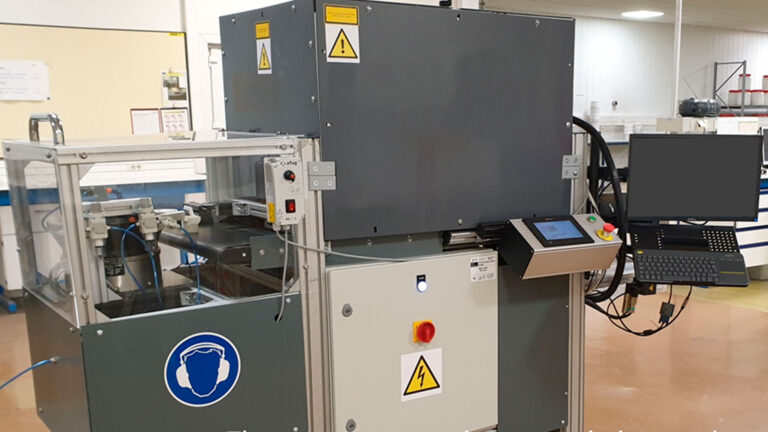Result description
The way this sorting process works is the following:
- – PVC waste pieces move through a conveyor belt
– The LIBS is used to focus a highly energetic laser pulse onto the surface of each PVC piece passing through the conveyor belt. A plasma is formed consisting of electronically excited atoms and ions. The radiation emitted from the plasma usually exhibits several spectral features, presenting the form of discrete or continuous spectra.
– The machine learning algorithms developed by IRIS are capable to predict, through the spectra generated for each PVC sample, if the concentration of lead is higher than 0.1%.
– A mechanical actuator is capable to sort the PVC into the right container according to the lead concentration in PVC.
– IRIS system can be integrated in a client’s facilities (PVC recycling business) as a customised turnkey solution according to their specific need.
Addressing target audiences and expressing needs
- Grants and Subsidies
Our aim now is to further develop and innovate these results through a novel optical fusion of LIBS and other spectroscopy tecnique in a powerful hybrid device, enabling the detection of both elemental and molecular compounds. As such, in PVC waste sorting during recycling processes we will be able to detect the concentration of not only lead stabilisers but also phthalates plasticizers using the one affordable system. The system will be assisted by novel ensembling machine learning spectral data fusion for enhancing monitoring capabilities. This innovation will significantly increase the speed and scanning capability, thereby increasing throughput to meet the demands of high-speed, high-volume industrial applications. This will represent a significant leap forward for PVC recycling. We are seeking early adopters from the PVC, waste processing and recycling industries who would be interested in collaborating with us in a codesign process, in providing samples for testing or who would be interested in hosting a prototype of the system in their (pilot) facilities for industry testing and validation work, in exchange for having early and preferential access to the innovation.
- Public or private funding institutions
- Research and Technology Organisations
- Private Investors
R&D, Technology and Innovation aspects
Currently, a system capable to identify and sort PVC containing lead at high concentrations and sort accordingly PVC pieces is available. This LIBS-based technology system that can be integrated in a continuous recycling line processing PVC waste is available.
The system today is available at TRL 4.
The actions that should be considered in the future are: 1) Improve the LIBS capabilities and test it with other type of PVC samples with other colours or characteristics; 2) develop new chemometric models for better identifications; 3) study the technical and economic feasibility of scaling-up the sorting system; 4) study fusion opportunities with other spectroscopy techniques.
Result submitted to Horizon Results Platform by DECEUNINCK

